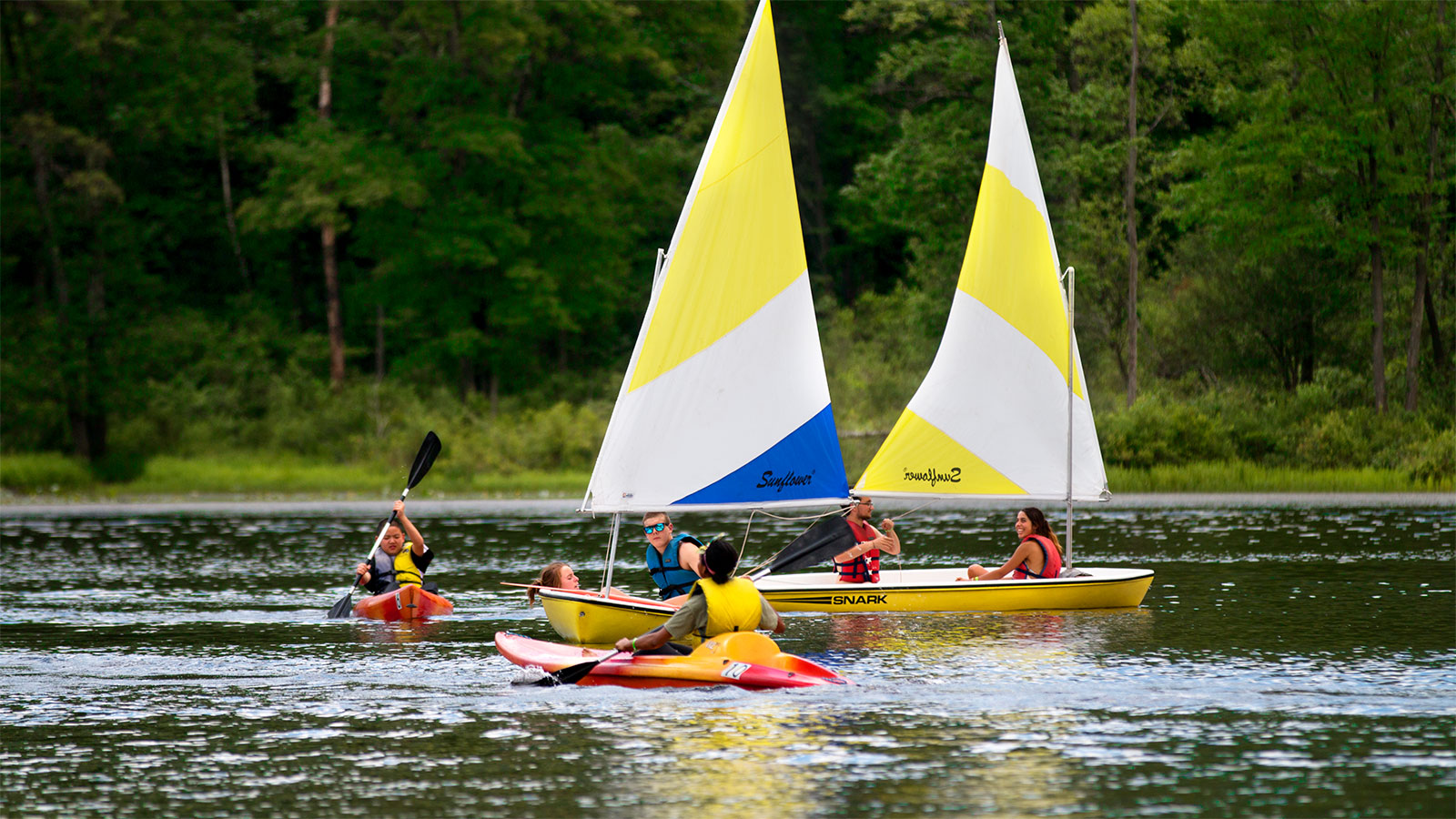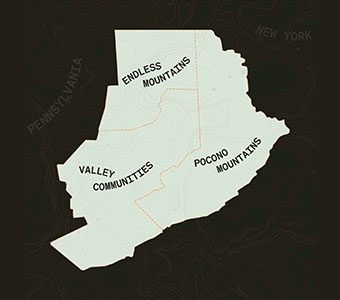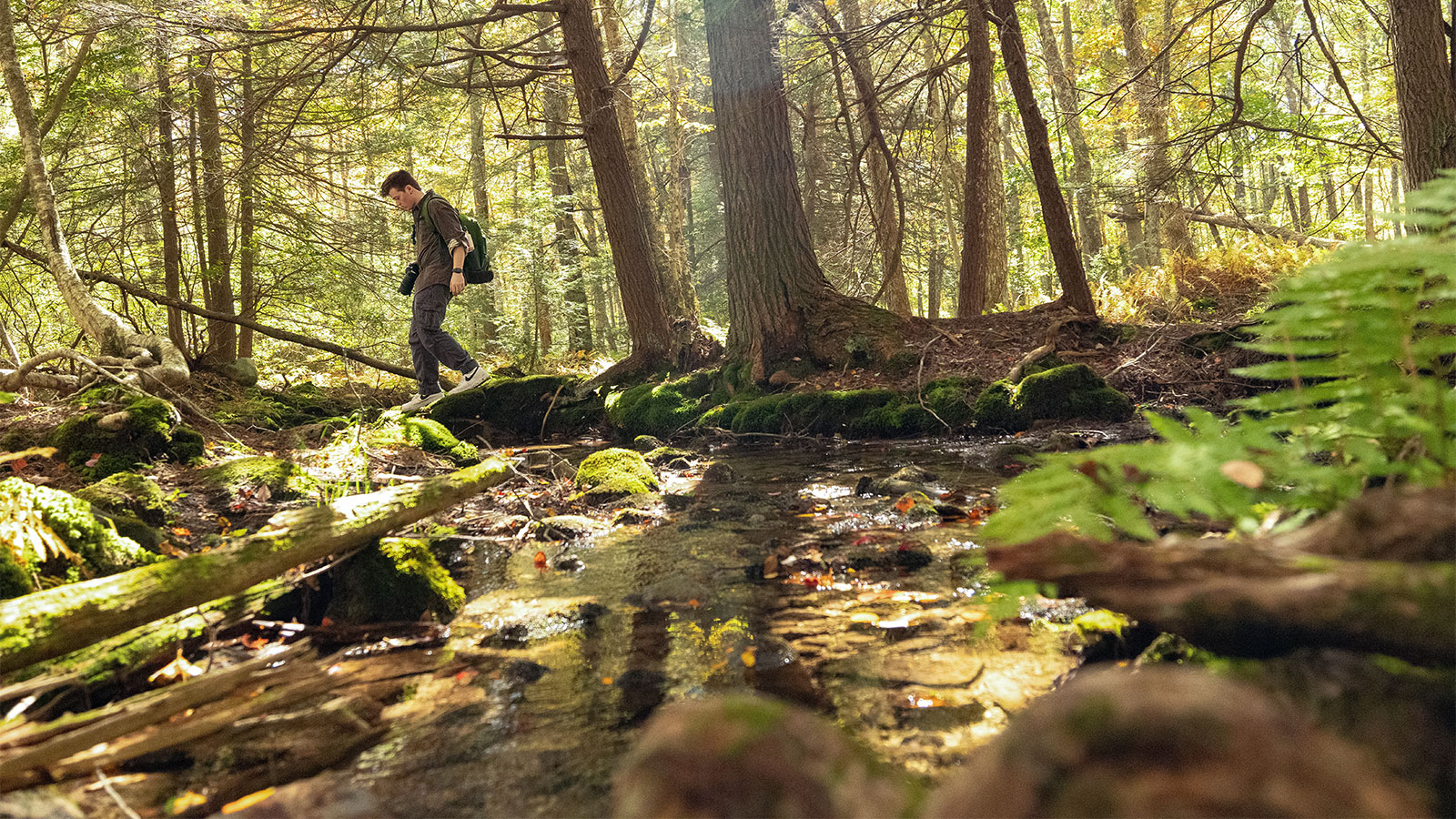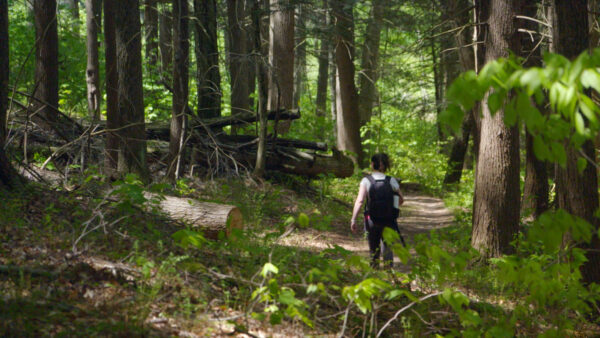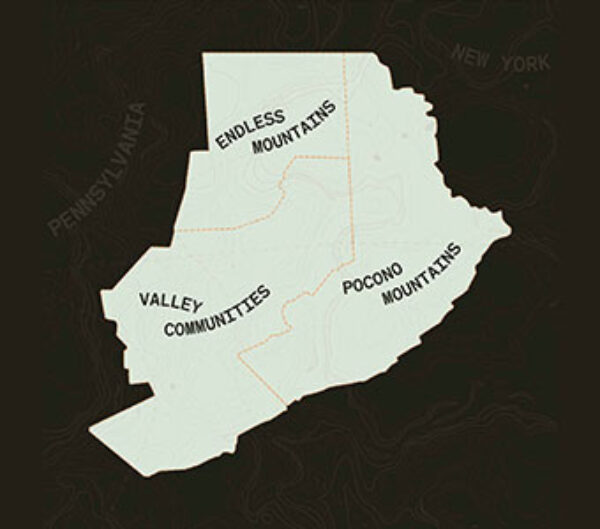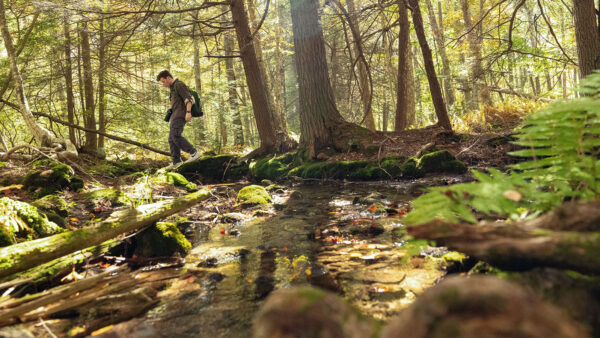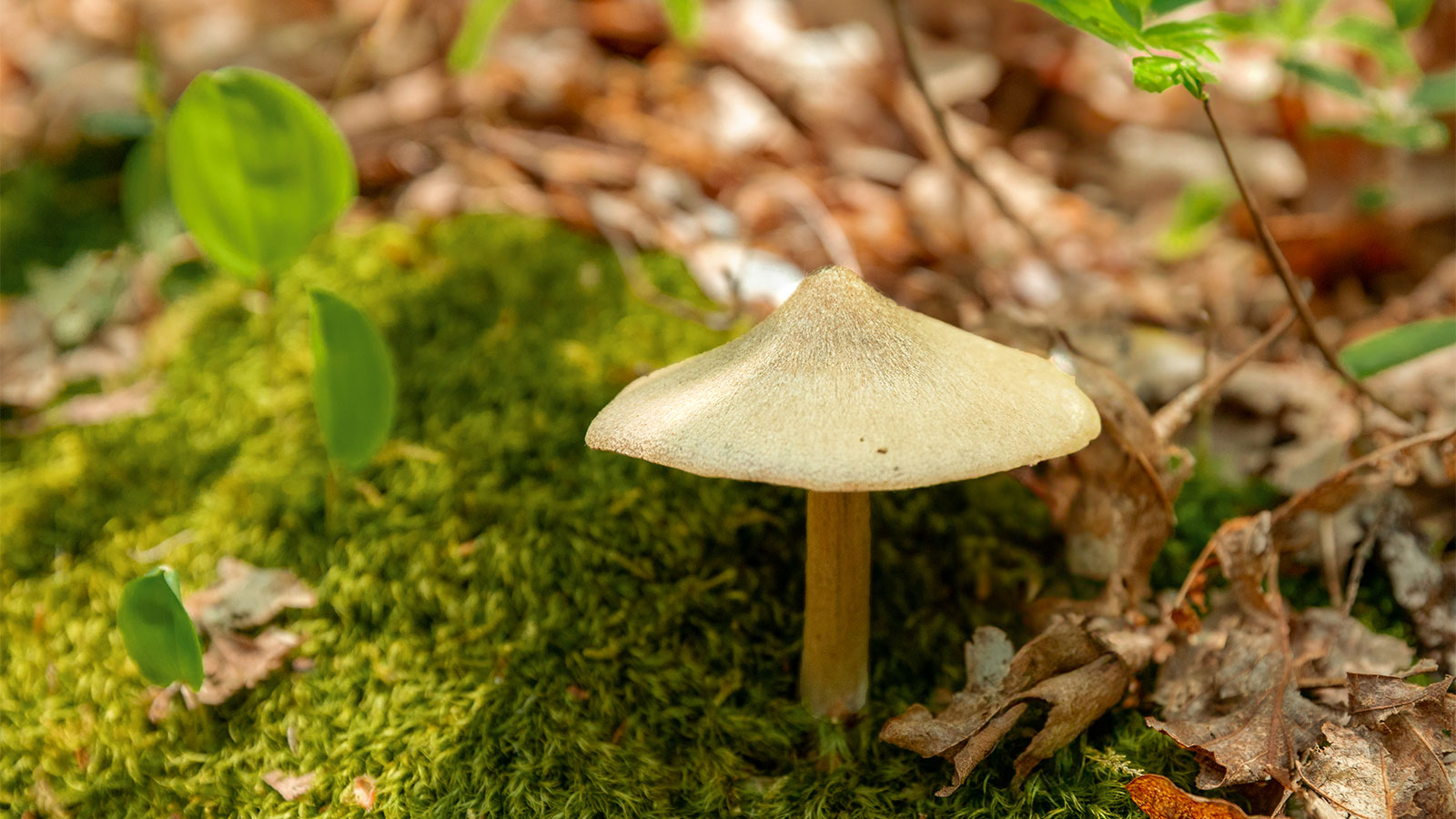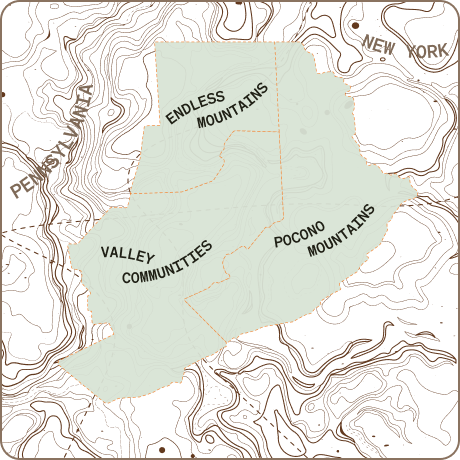DiscoverNEPA is partnering with North Branch Land Trust, a nonprofit that conserves the natural, working and scenic landscapes of NEPA. They’ll provide conservation tips and give us a look at their protected lands. Learn how you can join NBLT and do your part to protect NEPA’s natural resources.
Get Out on a Winter Fungi Hunt
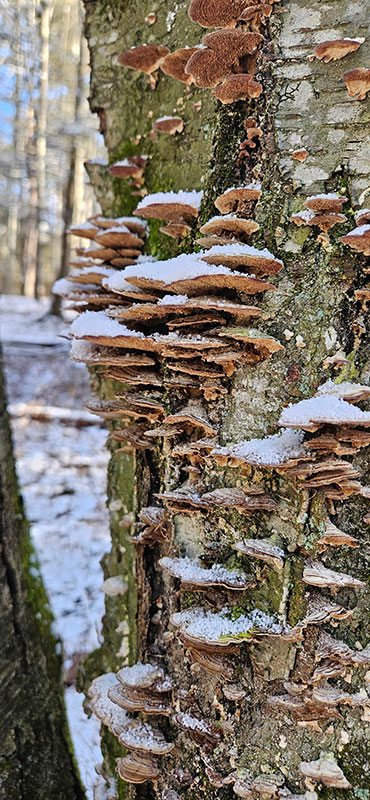
Spring is coming fast if a particular groundhog is to be believed.
However, the recent blanket of snow makes growth seem a little far-fetched. And yet, right now in our local forests, maybe even in your backyard, fungi are thriving. If you are new to mushrooming, late winter is a great time to learn.
What’s a mushroom?
Mushrooms are the fruiting bodies of fungi, much like an apple is to an apple tree. Fungi grow and communicate using a hidden mycorrhizal network. In other words, most of the fungus is the root, not the fruit. Similar organisms you might see in the wild this time of year that are often confused with mushrooms include small sticky slime molds (single celled or colony grouped amoeba) or flaky green lichens (composite organism made of algae and fungi).
Winter Mushrooming for beginners
So, what makes winter a great time to learn to identify mushrooms? Not much else is really growing. It can be easier to spot fungal brackets on trees or toadstools on the ground. There are a limited number of mushrooms that fruit at this time, so it can also be easier to narrow down species.
Less growth also means no need to worry about poison ivy or oak! There are plenty of mushrooms that can be harmful if ingested, but none are known to be dangerous to the touch in the way certain plants are.
Mushroom Identification
If this is your first foray into mushrooming, never forage for edible mushrooms without a mentor or other experienced guidance. However, for those who want to be able to identify what is popping up in your yard or along your favorite trail, there are plenty of resources.
Free phone apps like Google Image search, Shroom ID, and Seek by iNaturalist can be very useful for providing a variety of possible species, but don’t stop there! You can submit your picture to mushrooming forums (many of them regionally specific) on Facebook, Reddit, and other social media to narrow down your findings.
Not into the tech? Classic field guides are also great tools for getting started. When looking for physical field guides, be sure to do a little digging on the author. You want to look into their level of expertise and the region their guide covers before making a purchase.
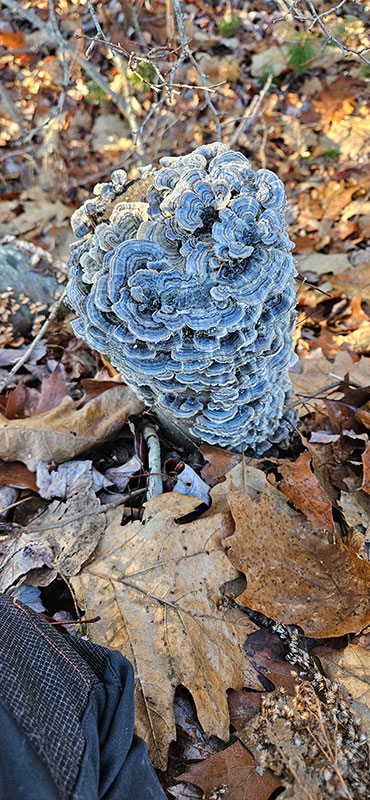
Winter Mushrooms
Many well-known Pennsylvania mushrooms will fruit year-round. Non-edible “medicinal” mushrooms (so-called for their alleged medical properties, rather than their flavor or texture) like Chaga, Turkey Tail, and Birch Polypore can be found on natural decay in healthy forests.
Other mushrooms that are a bit more palatable to the experienced forager can include a variety of squishy “jelly” mushrooms like Wood Ear, Witches’ Butter, and Amber Jelly Roll. With a good mentor and little luck, one can even find “choice edibles” like the stringy Bear Tooth, or the fan-shaped seasonal Winter Oyster.
Safe Mushrooming in NEPA
While mushrooms are safe to handle, many of them are harmful or even deadly if consumed. Never eat a mushroom that has not been positively identified by an expert. To help your expert, take multiple pictures of your mushroom capturing the top cap, side stalk, and underside gills. A small mirror can help capture tough angles without disturbing the fungus.
Finally, be sure to know WHERE you are while mushrooming and what activities are permitted. While public lands will probably have no issues with a mushroom photoshoot, almost all will have rules regarding the picking or taking of natural resources like fungi.
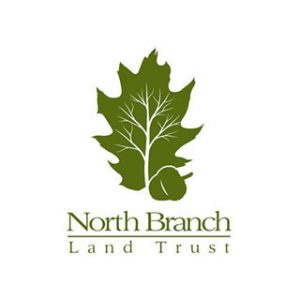
North Branch Land Trust conserves lands, waters, vistas… and fungi in an eight-county region of NEPA (Bradford, Susquehanna, Sullivan, Wayne, Wyoming, Lackawanna, Luzerne, and Columbia) in the Upper Lehigh and Susquehanna North Branch Watersheds. To learn more about supporting their conservation work in our backyard, visit nblt.org.
Featured image (top) courtesy of Matt Giambra, DiscoverNEPA.


